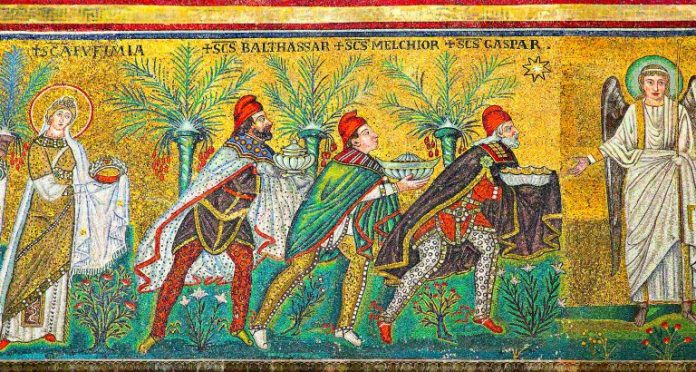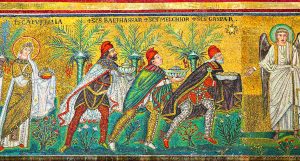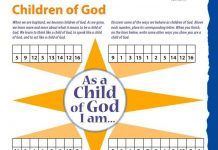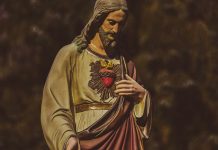
QUESTION: The feast of the Epiphany often describes the magi as three wise men — and even three kings, as in the old carol: “We Three Kings.” Yet we don’t find the word “kings” in the Gospel’s infancy narratives. Can you explain a proper understanding of who the magi were — and their significance — so I can teach my middle schoolers? — PAT W.
JONATHAN F. SULLIVAN Responds:
The wise men appear only in the Gospel of Matthew where they are described with the Greek word magoi, which in addition to “wise men” implies astrologers or even magicians. Little is known about them (the Gospel doesn’t even say how many there were!) except that they came from the East, where they may have been priests of Zoroastrianism or another religion in Persia.
Their gradual transformation from astrologers to kings came from later Christian reflection on passages in the Old Testament that prophesied Christ’s coming. Isaiah 60 speaks of kings following the light of God and bringing gifts of gold and frankincense, while Psalm 72 shows kings of other nations bearing gifts to the “royal son” and doing him homage. It’s easy to see how the early Church came to understand these passages as referring to the magi. 
In the context of Matthew’s Gospel, the wise men represent the world of the Gentiles; they are the first non-Jews to worship Jesus. Just as Luke’s Gospel features the shepherds to foreshadow Jesus’ mission to the poor and outcast, Matthew uses the wise men to demonstrate to his readers that Jesus’ mission encompasses all peoples, bringing them into one Church regardless of their nationality, race, or previous religious commitments.
The gifts given by the magi are traditionally associated with aspects of the mystery of Christ: gold for his kingship; frankincense, a type of incense, for his priesthood and divinity; and myrrh, a perfume used in embalming, for his passion and death.
JONATHAN F. SULLIVAN serves as executive director of evangelization, education, and worship for the Diocese of Lafayette-in-Indiana. He blogs on evangelization and catechesis at JonathanFSullivan.com.
PHOTO: ROMAN SIGAEV/SHUTTERSTOCK
This article was originally published in Catechist magazine, December 2017.




